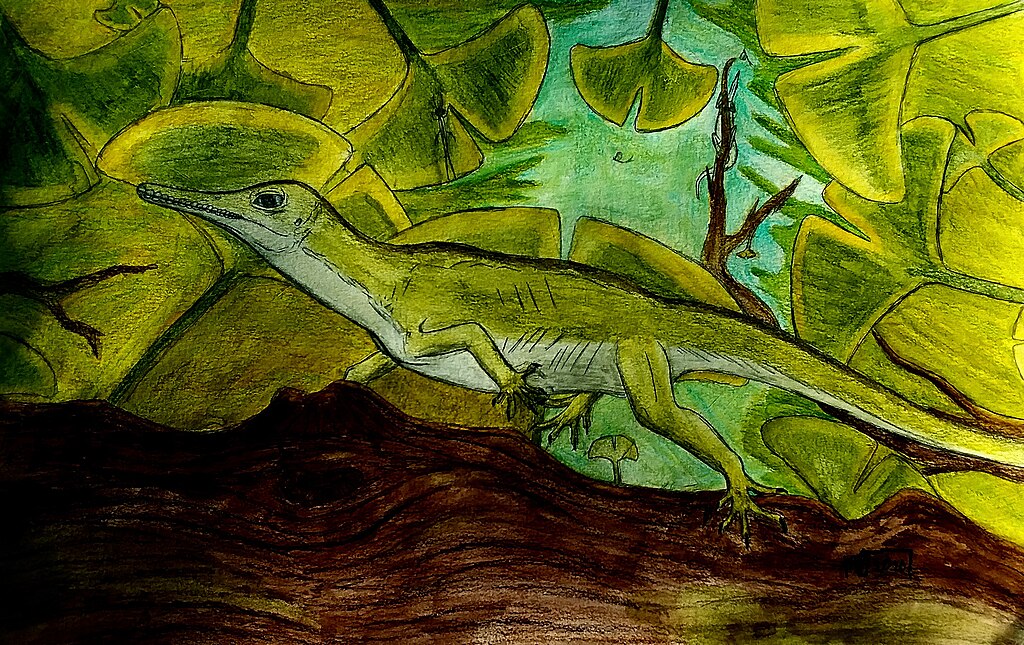Fossils, the preserved remains or traces of ancient organisms, have traditionally been associated with sedimentary rock formations exposed at the Earth’s surface. Paleontologists typically search for these prehistoric treasures on eroded hillsides, cliff faces, and in quarries. However, the scientific community is increasingly recognizing that fossil preservation occurs in unexpected environments that challenge conventional understanding. Caves, with their unique microenvironments and protective isolation, represent one of the most intriguing and potentially valuable repositories of fossils on our planet. These underground systems can preserve specimens that might otherwise be destroyed by surface weathering processes, offering researchers pristine windows into prehistoric life.
The Unconventional Nature of Cave Fossilization

While traditional fossilization often requires organisms to be quickly buried in sediment, cave environments offer alternative preservation pathways that don’t follow this conventional model. Inside caves, remains can become fossilized through processes like calcification, where calcium carbonate-rich water slowly deposits minerals onto or replaces organic materials. The stable temperature and humidity within many cave systems create ideal conditions for slowing decomposition, giving mineralization processes time to work. Additionally, the protected nature of caves shields potential fossils from erosive forces like wind, rain, and temperature fluctuations that would typically destroy remains on the surface. These unique conditions mean that caves can preserve fossils that would never survive long enough to fossilize in more exposed environments.
Historical Oversight in Cave Paleontology
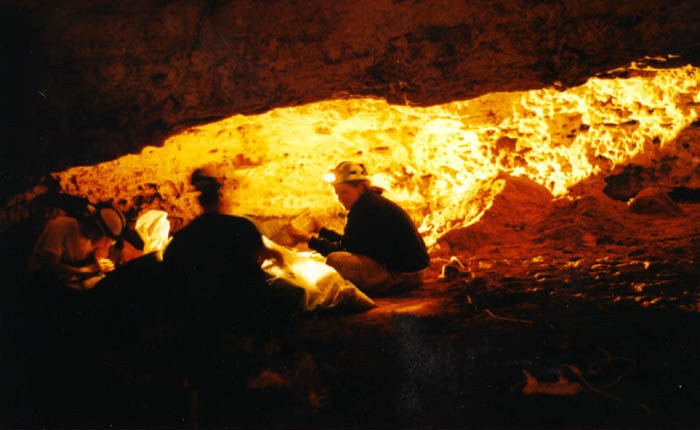
Despite their potential, caves have historically been underexplored as sources of paleontological data compared to traditional fossil-bearing sites. This oversight stems partly from the physical challenges of accessing many cave systems, which require specialized equipment and training beyond what many paleontologists traditionally possess. The interdisciplinary nature of cave paleontology, bridging speleology (cave science) and paleontology, has also created institutional barriers where expertise in both fields is necessary. Furthermore, many significant cave discoveries have occurred accidentally during explorations focused on other aspects of speleology rather than through targeted paleontological expeditions. This historical pattern is changing as scientists increasingly recognize caves as valuable paleontological archives worthy of systematic investigation.
Natural Traps: Pitfall Caves as Fossil Collectors

Pitfall caves represent one of the most productive types of cave systems for fossil preservation, functioning as natural traps for animals over thousands or even millions of years. These caves typically feature vertical entrances that animals accidentally fall into but cannot escape from, creating natural accumulation points for remains. Famous examples like Natural Trap Cave in Wyoming have yielded thousands of specimens representing dozens of species, including extinct American cheetahs, short-faced bears, and numerous small mammals. The accidental nature of these traps means they capture a representative sample of the local fauna rather than just specific types of animals, providing researchers with a comprehensive snapshot of entire ecosystems. Additionally, because these caves continuously collect specimens over long periods, they can reveal how animal communities changed across major climate transitions.
Cave Bears and Other Denning Species
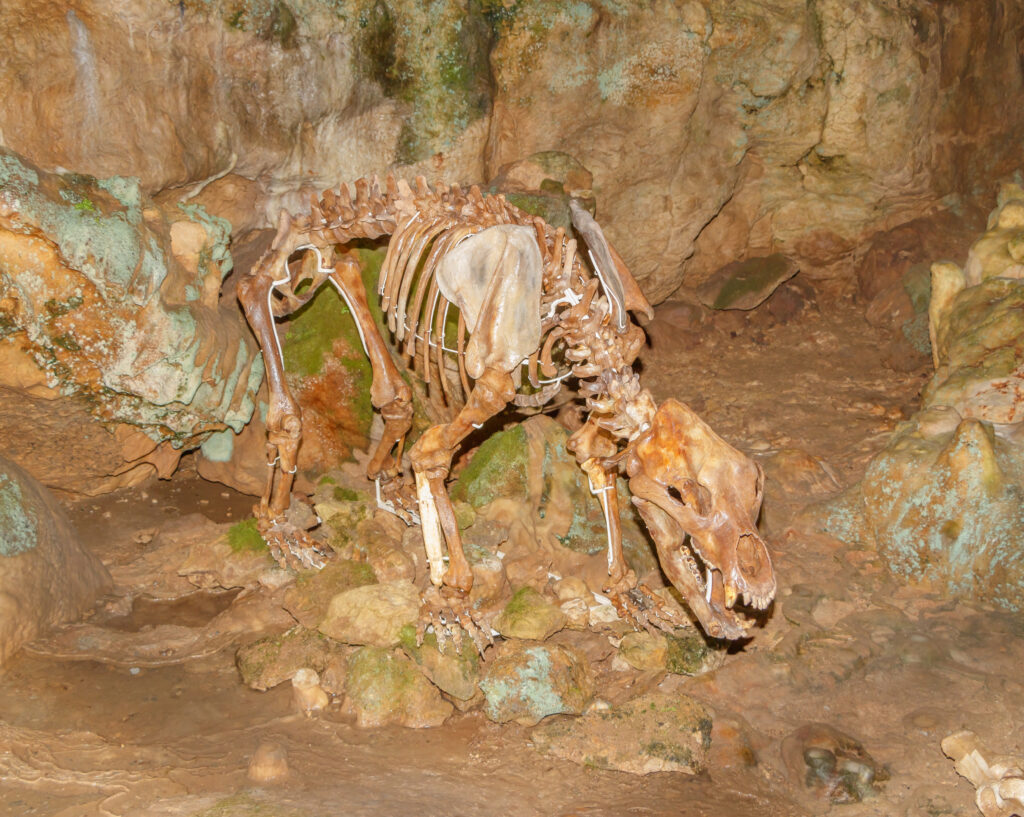
Some of the most spectacular cave fossil discoveries involve animals that actively used caves as part of their life cycle, with the extinct cave bear (Ursus spelaeus) being the most famous example. These massive bears, which could weigh up to 2,000 pounds, used caves for hibernation and eventually died there, leaving behind thousands of skeletons in caves across Europe. The Dragon’s Cave in Slovenia contains more than 40,000 cave bear remains, representing generations of bears that used the same cave system over thousands of years. Beyond bears, wolves, hyenas, and big cats also utilized caves as dens or food storage areas, sometimes leaving behind both their remains and those of their prey. These accumulations provide insight not only into the biology of these predators but also into their hunting behaviors and the broader ecological relationships of the Pleistocene era.
Human Remains and Cultural Evidence in Cave Settings
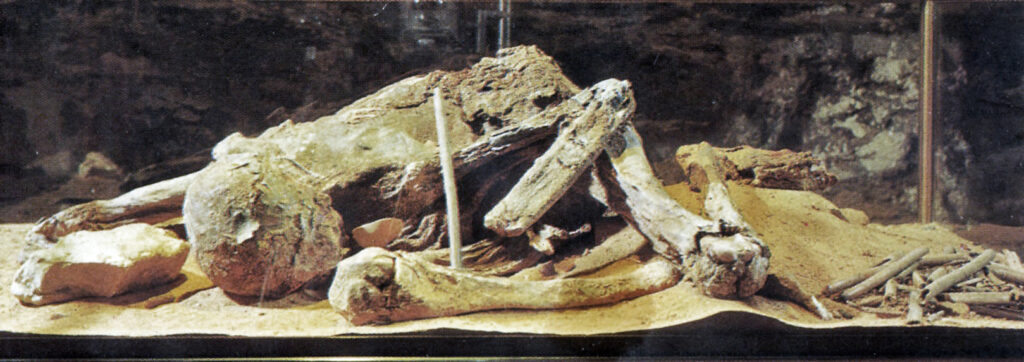
Caves have proven instrumental in preserving some of the most significant human and hominin fossils ever discovered, offering protection that open-air sites rarely provide. The famous Neanderthal remains from Croatia’s Vindija Cave, the Denisovan specimens from Siberia’s Denisova Cave, and the remarkable Homo naledi fossils from South Africa’s Rising Star cave system might never have survived in more exposed environments. Beyond just bones, caves have preserved delicate cultural materials, including the world’s oldest known cave paintings in Indonesia and Spain, dating back more than 40,000 years. The stable temperature and humidity in many cave systems have even preserved organic materials like wooden tools, textiles, and plant remains that would quickly decompose in most other contexts. These preserved cultural materials alongside human remains provide comprehensive windows into prehistoric human behavior that would be impossible to reconstruct from surface sites alone.
The Preservation Potential of Underwater Caves
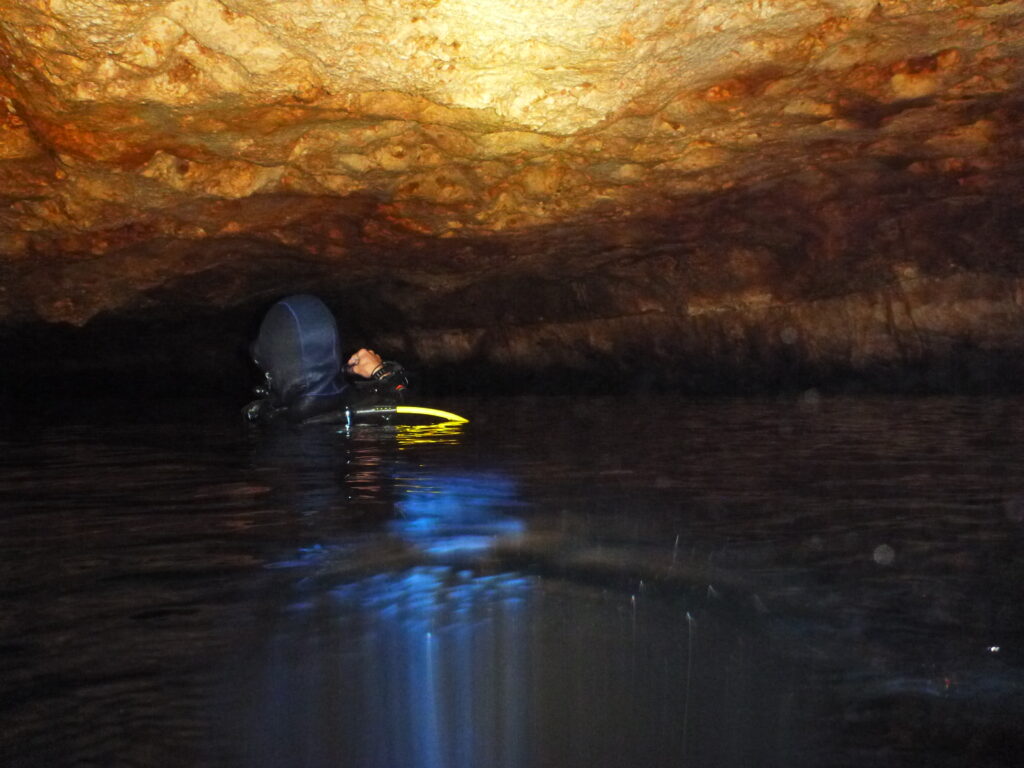
Submerged cave systems represent perhaps the most unexpected and promising frontier for fossil discoveries, combining the preservative properties of both cave and underwater environments. In regions like Mexico’s Yucatán Peninsula, extensive flooded cave systems have yielded remarkably preserved Pleistocene megafauna and human remains, including the famous “Naia” skeleton dating to around 13,000 years ago. The underwater environment in these caves protects fossils from many destructive processes, while the limestone-filtered water creates chemical conditions that often favor exceptional preservation. Divers exploring these systems have discovered intact skeletons of extinct ground sloths, gomphotheres (elephant relatives), and saber-toothed cats lying on cave floors as if they had died just recently, rather than thousands of years ago. The anaerobic conditions in some underwater caves can even preserve soft tissues and organic materials that would rapidly decompose in almost any other environment.
Microclimate Factors Affecting Cave Preservation
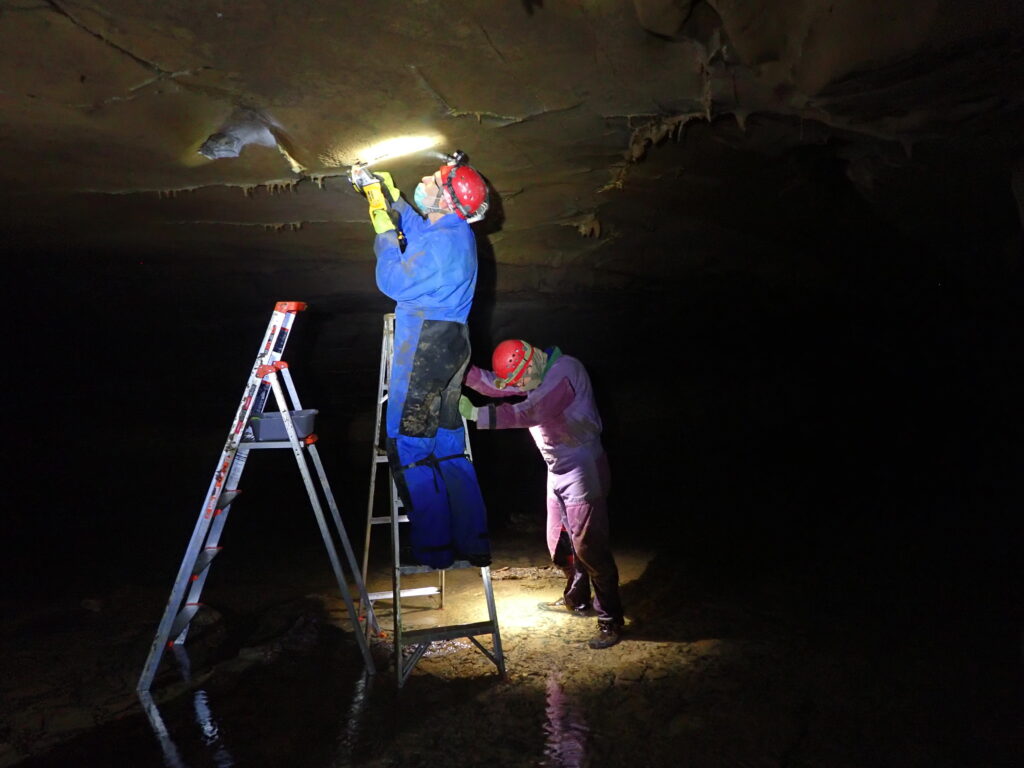
The remarkable preservation potential of caves stems from their unique microclimates, which can vary dramatically from chamber to chamber within the same system. Deep cave environments typically maintain nearly constant temperature and humidity levels year-round, eliminating the freeze-thaw cycles and wet-dry fluctuations that accelerate decomposition and weathering on the surface. The alkaline chemistry of limestone caves creates conditions that slow bacterial activity and can neutralize acids that would otherwise dissolve bones. Specialized areas known as “bone rooms” in some cave systems feature conditions so perfectly tuned for preservation that skeletal material thousands of years old appears fresh and white, with minimal mineralization. Additionally, the slow air circulation in many cave passages minimizes the physical weathering caused by wind and reduces exposure to oxygen, further enhancing preservation potential for both organic and inorganic materials.
Challenges in Accessing and Studying Cave Fossils

Despite their preservation potential, cave fossils present unique challenges that make them more difficult to study than conventional fossil sites. The physical environment of caves often requires specialized training in technical caving or cave diving, creating barriers to entry for many paleontologists. Excavation within caves must be conducted with extreme care to avoid damaging the delicate cave environment itself, which may have taken tens of thousands of years to form. The restricted space in many fossil-bearing passages makes traditional excavation techniques impossible, requiring innovative approaches to documentation and removal. Additionally, the darkness and complex three-dimensional nature of caves make spatial recording of fossil positions particularly challenging, though modern technologies like 3D scanning are helping overcome these limitations. These practical difficulties explain why many important cave paleontological sites remain only partially explored despite their scientific significance.
Dating Challenges in Cave Environments

Establishing accurate chronologies for cave fossils presents specific challenges not encountered at many surface sites. The complex depositional processes in caves often create situations where materials of widely different ages become mixed or where younger materials can be found beneath older ones, complicating stratigraphic interpretations. Many caves lack the clear sedimentary layers that help establish relative dating at conventional sites, making researchers more dependent on absolute dating methods. Uranium-series dating of flowstone layers (cave formations) that sandwich fossil deposits has become crucial for establishing age constraints in many cave systems. Researchers must also carefully consider taphonomic processes unique to caves, such as whether animal remains were washed in during flooding events, carried in by predators, or represent animals that lived and died within the cave itself. These complexities mean that establishing the age and context of cave fossils often requires more diverse analytical approaches than those needed for conventional fossil sites.
Modern Technology Revolutionizing Cave Paleontology

Technological advances are transforming how researchers discover and study fossils in cave environments, opening previously inaccessible sites to scientific investigation. Ground-penetrating radar and electrical resistivity techniques now allow scientists to detect cave systems and potential fossil deposits without extensive excavation, focusing efforts on the most promising locations. Within caves, photogrammetry and 3D scanning technologies enable detailed documentation of fossil positions and relationships even in cramped passages where traditional mapping would be impossible. Advanced imaging techniques like micro-CT scanning permit non-destructive analysis of fossils still embedded in cave breccia or flowstone, revealing internal structures without risking damage to specimens. Perhaps most importantly, improvements in DNA extraction and analysis from ancient specimens have made it possible to recover genetic information from cave fossils, even in cases where morphological analysis alone would be insufficient for taxonomic identification.
Notable Cave Fossil Discoveries Worldwide
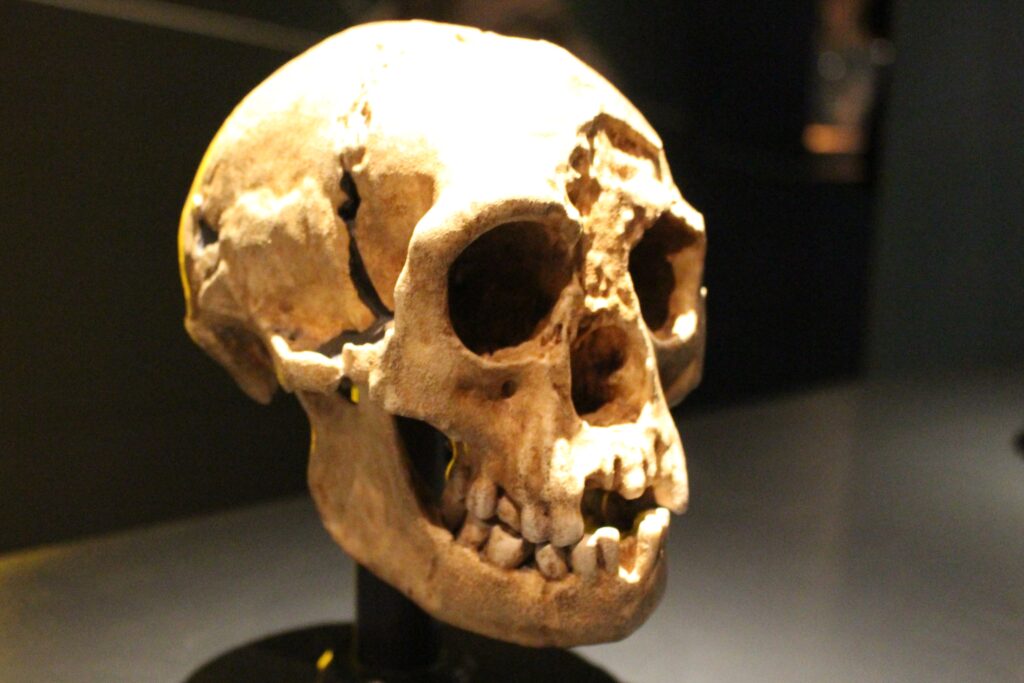
Some of the most significant paleontological discoveries of the past century have come from cave environments, challenging our understanding of evolutionary history. The 2003 discovery of Homo floresiensis (nicknamed “the Hobbit”) in Liang Bua cave in Indonesia revealed a previously unknown hominin species that survived until just 50,000 years ago. Similarly, South Africa’s cave systems have yielded crucial australopithecine fossils, including the famous “Little Foot” skeleton from Sterkfontein, one of the most complete early hominin skeletons ever found. In the Americas, caves have preserved remains of extinct megafauna, including the iconic ground sloths at Actun Tunichil Muknal in Belize and the saber-toothed cats of Natural Trap Cave in Wyoming. The Chauvet Cave in France, while famous for its art, also contains perfectly preserved footprints and remains of cave bears and other Pleistocene fauna, demonstrating how caves can preserve multiple types of paleontological evidence simultaneously.
The Future of Cave Paleontology

The field of cave paleontology stands at an exciting frontier, with new technologies and interdisciplinary approaches promising discoveries that could reshape our understanding of prehistoric life. Advanced remote sensing techniques are helping identify previously unknown cave systems with fossil potential in karst landscapes worldwide. Improvements in minimally invasive sampling methods are allowing researchers to extract DNA and other biomolecules from cave specimens without significant damage to rare fossils. Climate models are helping scientists predict which cave systems might contain records of species responses to past climate changes, potentially offering insights relevant to modern conservation challenges. As exploration techniques become more sophisticated, previously inaccessible deep cave systems and underwater passages are becoming accessible to scientific investigation for the first time. These developments suggest that caves will continue to yield surprising discoveries that complement and extend the fossil record known from more conventional paleontological sites.
Conservation Challenges for Cave Fossil Sites

The same isolation that protects cave fossils from natural degradation also makes them vulnerable to human impacts once discovered. Unrestricted visitation to fossil-bearing caves can quickly damage both the cave environment and the fossils themselves through changes in microclimate, introduction of contaminants, or direct physical damage. Many significant cave fossil sites have suffered from looting, with specimens removed without proper documentation, permanently losing their scientific context. The specialized nature of cave environments means that even well-intentioned research activities can cause inadvertent damage if not conducted with appropriate protocols. Conservation efforts must balance the scientific importance of studying these sites with the need to preserve them for future research as techniques continue to improve. These challenges have led to the development of specialized management approaches for paleontologically significant caves, including limited-access protocols, non-invasive documentation methods, and in some cases, the creation of accurate replicas for public education while keeping the original sites secured.
Conclusion
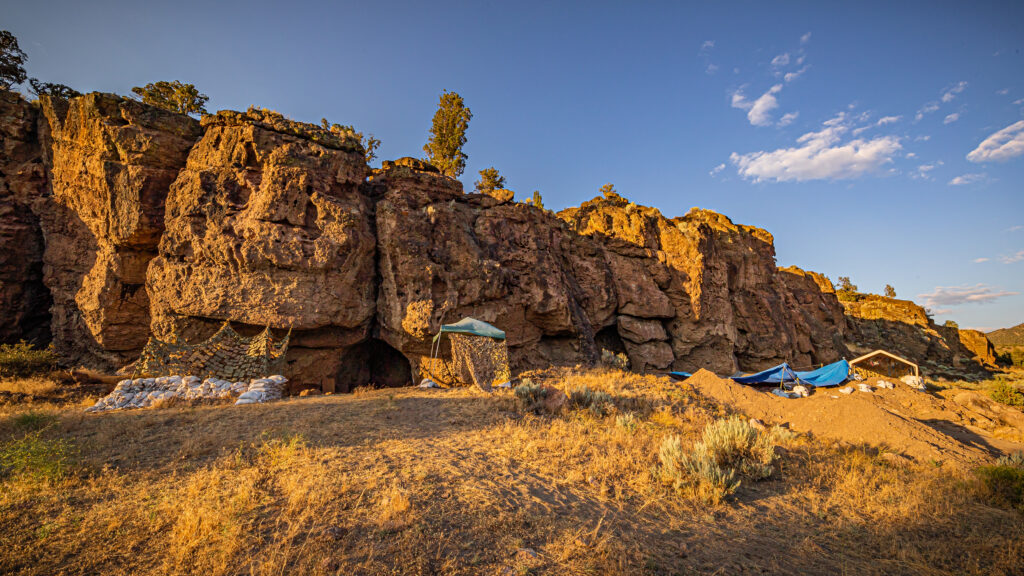
Caves represent the paleontological equivalent of time capsules, preserving evidence of prehistoric life that might otherwise be lost to the elements. From the ancient hominin remains in South African cave systems to the perfectly preserved Ice Age mammals in the underwater caves of Mexico, these unique environments have repeatedly demonstrated their value as repositories of our planet’s biological history. As exploration techniques and analytical methods continue to advance, caves are likely to yield even more surprising discoveries that challenge our understanding of evolution and extinction. By recognizing and properly investigating these unconventional fossil sites, researchers gain access to crucial pieces of Earth’s biological puzzle that would otherwise remain hidden in the darkness. The future of paleontology may well depend on our willingness to look beyond traditional fossil-hunting grounds and into the unexpected corners of our planet, including its vast network of caves.




